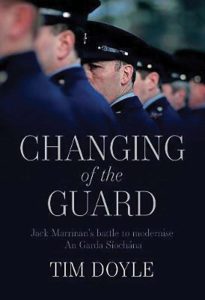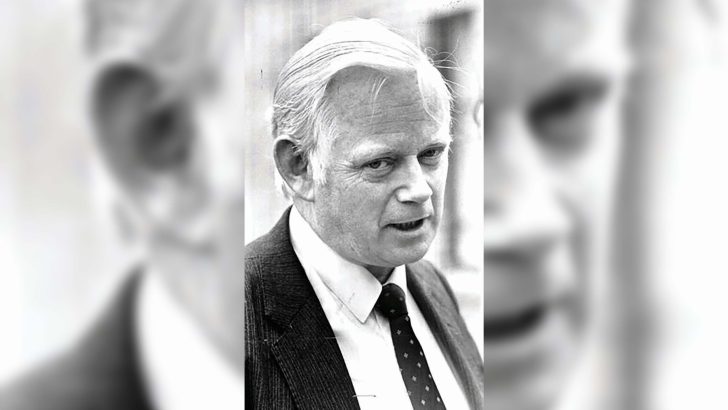Changing of the Guard: Jack Marrinan’s battle to modernise An Garda Síochána by Tim Doyle (Currach Books, €20.00 / £17.99)
In the 1950s a revolt was stirring in the lower ranks of An Garda. Although a much sought after permanent job, especially in rural Ireland, working conditions were tough, especially for the younger members who started at £5 a week, worked long hours with no overtime and often had to live in over-crowded barracks with no inside toilets.
The disciplinary code inherited from the Royal Irish Constabulary era left young gardai open to bullying from frustrated sergeants and inspectors.
Indifferent
The Department of Justice, which ruled the force through the commissioner, was indifferent to these grievances. A breaking point was reached when a 1961 modest pay increase excluded young gardaí. The Dublin gardaí organised a protest meeting on November 4, 1961 in the Macushla ballroom off Amiens St. They knew they risked dismissal but about 800 crowded into the hall watched by inspectors noting names.
Inside was near bedlam as there was no one organiser but when a young garda called Jack Marrinan, stationed in Rathfarnham, called for order and proposed several motions to be voted on, he little knew that this was to be the beginning of an 18-year term as full-time secretary of a new Garda representative body.
But first he and 10 other Macushla participants were dismissed from the force by Commissioner Daniel Costigan and over 100 others were issued with disciplinary forms which could lead to their sacking.
Marrinan, who had evening course degrees from Trinity College, sought legal advice from John A. Costello, who had recently been taoiseach in the coalition government. But behind the scenes other forces were at work to calm the revolt down.
Archbishop John Charles McQuaid had been aware of the unrest in the gardaí even before Macushla, and after the sackings he and the new Minister for Justice, Charles Haughey, met privately in Archbishop’s House. They worked out a compromise which was to be put to the dismissed gardaí who would be re-instated on acceptance.
 That was the end of the revolt and the start of Marrinan’s new career out of uniform as the full-time secretary of the new Garda Representative Body, later to be called Association. In this book, the author details how Marrinan turned the GRA into a powerful negotiating body which won steady pay rises and improved working conditions for the members.
That was the end of the revolt and the start of Marrinan’s new career out of uniform as the full-time secretary of the new Garda Representative Body, later to be called Association. In this book, the author details how Marrinan turned the GRA into a powerful negotiating body which won steady pay rises and improved working conditions for the members.
Setting up the Garda Review with Conor Brady as first editor, allowed Marrinan to communicate with the thousands of members and inform the public and the government of grievances and how they could be peacefully solved without recourse to ballroom meetings.
It was to be a virtually one-man job of long hours and constant travel around over 700 Garda stations. He also provided valuable input into the 1970 landmark Judge Conroy report into reforms needed in the force from top to bottom.
Border
As the Northern Ireland troubles spilled across the border, the toll of gardaí murders by the IRA increased tensions. Relations with successive commissioners became tense and Commissioner Garvey tried to have Marrinan and the GRA prosecuted for “usurping the functions of Government”. But he went on to serve 27 years representing the GRA. He died in 2015.
The author, a former junior colleague of Marrinan, tells the story well of how the young garda from Lisdoonvarna who might one day have become a commissioner himself became the best-known face of the Garda Síochána as commissioners and Ministers for Justice over the decades came and went.
Changing of the Guard is available at Currach Books.


 Jack Marrinan.
Jack Marrinan. 